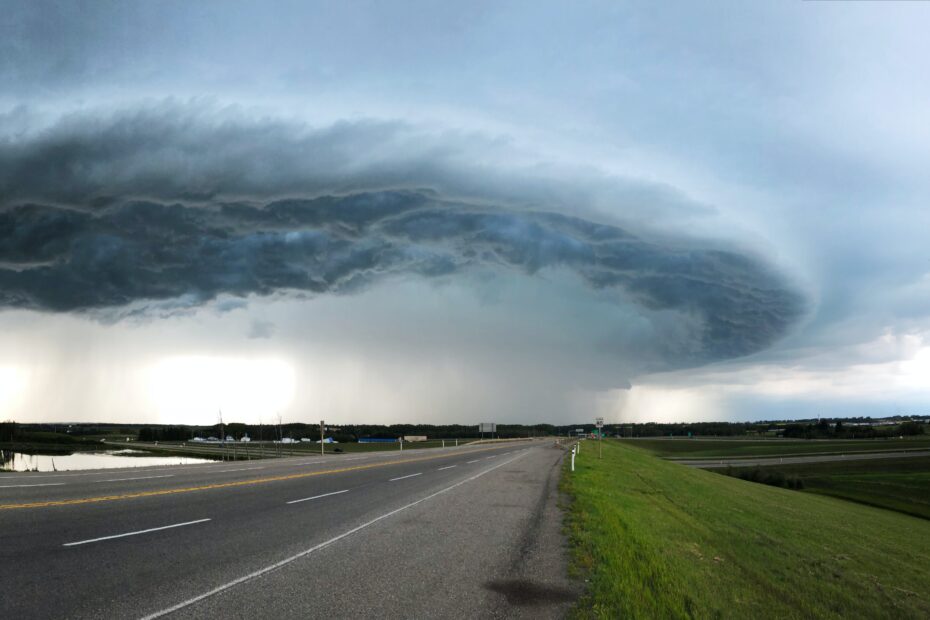For people who live in tornado alley, which encompasses most of the Midwest and drops down to the Southeastern states, tornado safety drills and sirens and summer night evacuations are a normal part of life. This year, make a new family tornado safety checklist to prepare for the tornado season:
- Have your escape route planned as part of a disaster plan. During a tornado, the best bet is to lay low. The basement is the targeted tornado safety shelter if available; if not, the family should have an alternate place to quickly evacuate if necessary. If outside when a tornado hits, seek cover in a safe building or in a ditch, using your hands to protect your head and neck. Families who are living in a mobile home should talk to neighbors or the park owner about tornado safety options.
- Have a portable radio (with new batteries) on hand as part of the tornado safety plan. In the event of an emergency, someone needs to listen and be aware of the two types of reports given when weather conditions are right for a tornado: A tornado watch means that a tornado is possible. A tornado warning means that a tornado has been sighted; people who are in its path will need to go to the tornado safety shelter immediately. A map allows families to visually follow the path of the tornado when they are relying on the radio for tornado safety updates.
- An important part of any disaster plan involves putting together a supplies kit. The emergency kit should include everything that might be needed during a tornado. Bottled water, flashlights, batteries, prescription medicine, a first aid kit, and snacks or essential food for the family are essential components of the supplies kit. Make sure the kit is easily accessible in the event it’s needed.
- Moving lawn furniture and trash cans out of the storm’s path and removing dead limbs from trees in the yard can be a life-saving tornado safety precaution. Even small items can become dangerous when propelled by high winds.
- Set up a disaster plan with extended members of your family. Tornados typically strike during late afternoon and early evening, but they have been known to touch down in the middle of the night. Families must decide ahead of time which family members are responsible for calling the rest of the family to warn them and to provide them with updates as part of the tornado safety checklist.
